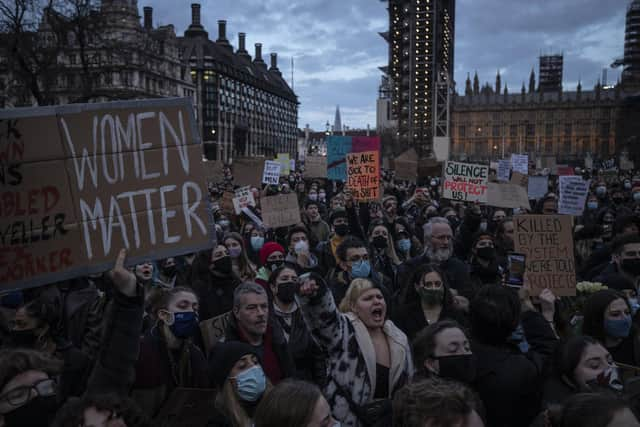Why is it so hard for the Met police bosses to accept that issues highlighted in the Casey report were institutional? - Dr Alan Billings
It makes for utterly gloomy reading, stunning members of the public and, in fairness, many police officers as well. Its damning conclusion was that the Met was institutionally racist, homophobic and misogynistic – together with the suggestion that what was found in the Met might exist elsewhere.
The key word in the review’s conclusions was not ‘racist’, or ‘homophobic’ or ‘misogynistic’ but ‘institutional’. If the Met could not accept that finding, then it was not wholeheartedly accepting the critical finding of the review.
Advertisement
Hide AdAdvertisement
Hide AdBut the Commissioner, Sir Mark Rowley, could not accept the word institutional and other chief constables have distanced themselves from it as well. That will make it hard to convince many in the country that the Met, or any other force, is really going to do what needs to be done to tackle what Casey found.


So why the reluctance to use the word institutional?
I think there are two main reasons.
First, chiefs think that calling any organisation ‘institutionally’ racist, sexist or misogynistic suggests that this is an issue for that organisation alone when in fact it is a wider, societal issue and has to be addressed by all of us. But that isn't what it means to say that a particular organisation has an institutional problem.
There are indeed wider issues of racism, sexism and misogyny in society, but as part of the contribution towards addressing them, each organisation must deal with its own issues.
Second, chief officers fear that if they were to say ‘institutional’, the public and many rank and file officers would believe they were saying that every officer was racist, homophobic and misogynistic.
Advertisement
Hide AdAdvertisement
Hide AdI understand the fear, but again, Louise Casey was very clear that this was not what she was saying – though those that are racist, sexist or misogynist need to be called out and rooted out.
She identifies the problem at a different level from that of the attitudes and actions of individuals. She could have called this cultural or systemic rather than institutional – and sometimes does. But her chosen word for her overall summary is institutional.
She uses that word deliberately. It harks back in London to the Macpherson inquiry into the murder of the black teenager Stephen Lawrence in 1993. Sir William Macpherson found the police investigation to have been ‘incompetent’, partly as a result of issues of race. He said the force was ‘institutionally racist’.
The Met never accepted that and presumably, therefore, never thoroughly examined themselves in the light of it. By using the same word, Casey is forcing the Met to admit that the central problem remains.
Advertisement
Hide AdAdvertisement
Hide AdAn issue is institutional – I prefer the word cultural – when it is about the way we do things. Individual officers do not have to have particular attitudes if the way things are habitually done leads to biases and outcomes that are racist, sexist or misogynistic. Officers are unconsciously caught up in that.
If the organisation is to change it must reflect on these institutional matters.
A shortened version of the Police and Crime Commissioner for South Yorkshire’s latest blog post.